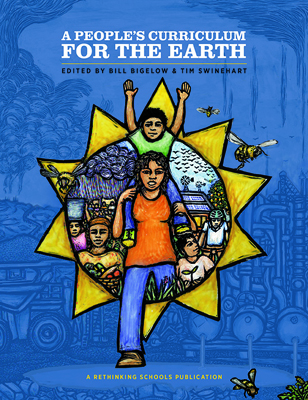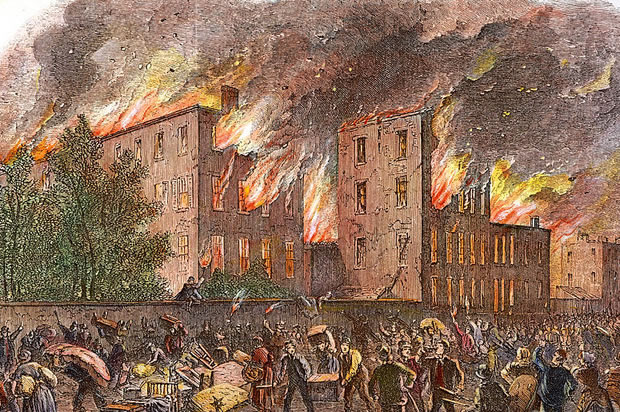Did you know that during the first winter of famine, 1846-47, as perhaps 400,000 Irish peasants starved, landlords exported 17 million pounds sterling worth of grain, cattle, pigs, flour, eggs, and poultry — food that could have prevented those deaths?
The school curriculum could and should ask students to reflect on the contradiction of starvation amidst plenty, on the ethics of food exports amidst famine. And it should ask why these patterns persist into our own time.
But today’s corporate textbook-producers are no more interested in feeding student curiosity about this inequality than were British landlords interested in feeding Irish peasants.
Continue reading in the article, The Real Irish American Story Not Taught in Schools by Bill Bigelow.
The Zinn Education Project offers a free downloadable lesson on this history called Hunger on Trial: An Activity on the Irish Potato Famine and Its Meaning for Today. It is a trial role play that helps students reflect on responsibility for the deaths of Irish peasants during the so-called potato famine.
If you want students to learn this history, please donate to the Zinn Education Project so we can bring people’s history lessons to teachers across the country.














Twitter
Google plus
LinkedIn